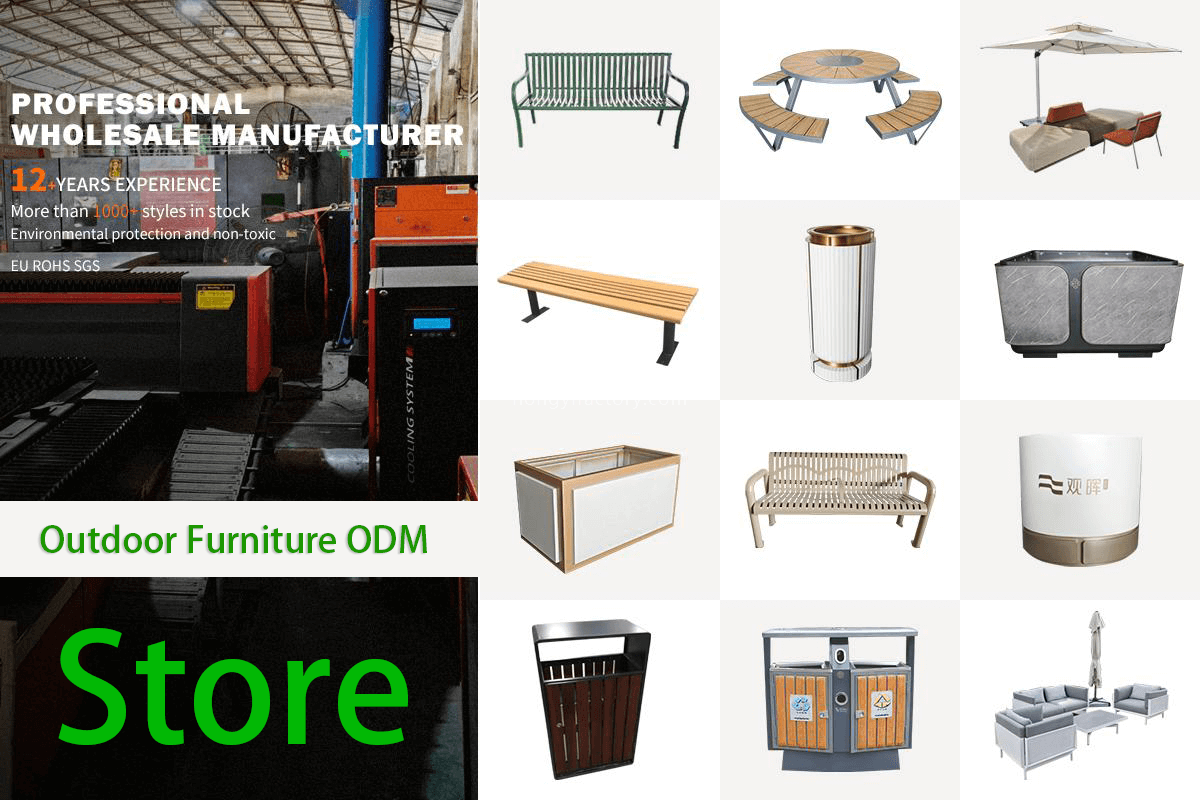Choosing an outdoor sofa that resists mold in high humidity requires careful consideration of materials, design, and maintenance. Here’s a guide to help you make the best choice:
1. Material Matters: Opt for synthetic materials like resin wicker, teak, or aluminum, which are naturally resistant to moisture and mold. Avoid porous materials like untreated wood or low-quality fabrics.
2. Weather-Resistant Cushions: Look for cushions made with quick-dry foam and covered in Sunbrella or other mold-resistant fabrics. Removable, washable covers are a plus.
3. Proper Ventilation: Ensure the sofa design allows airflow underneath and between cushions to prevent moisture buildup. Elevated frames with slatted bases are ideal.
4. Protective Features: Choose sofas with rust-proof hardware and UV-resistant finishes to withstand humid conditions and prolonged sun exposure.
5. Easy Maintenance: Regularly clean your sofa with mild soap and water, and store cushions indoors during extreme weather to extend their lifespan.
By prioritizing these factors, you can enjoy a durable, mold-free outdoor sofa even in the most humid climates.


